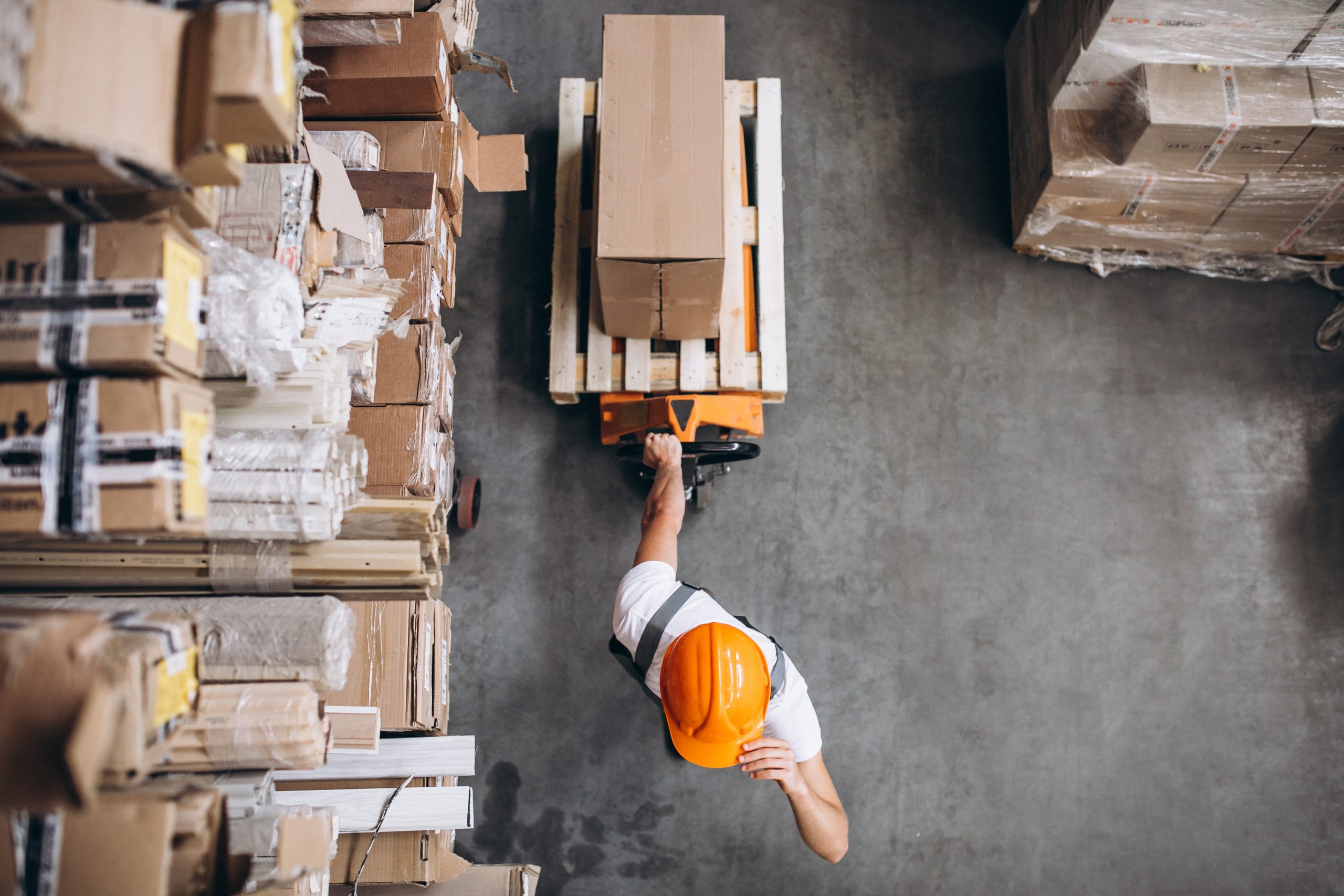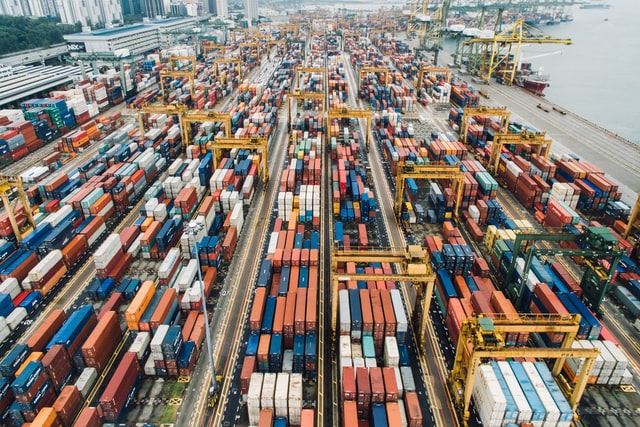
Companies that have a strong control over their reverse logistics department appreciate that they are preventing problems from occurring before they arise.
When consumers need to send purchases back through the supply chain for repairs and replacements, it is a frustration for all parties concerned.
Instead of reacting to these events, there are establishments who are deciding to add another layer of focus on this process, using internal and external measures to improve their game.
We will look at the 6 reasons why brands will invest in reverse logistics for 2022.
1) Saving More Cash
The return on investment (ROI) can be assessed and analysed across a range of criteria points for an organisation, but when it comes to reverse logistics investment, there is no question that outlets come out on top in the medium and long-term. When businesses are spending less time, money and resources to make repairs on products and deal with replacement provisions going back through the supply chain, they are banking more for their buck. This is a strategic decision in 2022 that will ensure companies are progressing ahead of the competition rather than being bogged down by consumer-related frustrations.
2) Leveraging Updated Technology
It is very easy for enterprises to get to 2022 and still remain with the same programs and utilities that industry operators would be using 10, 15 and 20 years ago. Certain enterprises just become overly comfortable with a way of doing business. By deciding to focus on the reverse logistics responsibilities of the brand, there will be access to more efficient software programs, to storage capacities and tracking tools that empowers professionals to optimise their input.
3) Improving Accountability Measures

Making an investment in this department for 2022 will pay dividends when it comes to implementing a stronger corporate culture. Businesses who see their goods regularly return with faulty designs, missing parts and compromised shipping services only have themselves to blame. Rather than lamenting external forces, this is a way for brands to improve their own accountability measures and instigate company standards that are imposed on staff in the warehouse to data specialists, courier partners, accounts managers and ownership.
4) Reducing Material Waste
Outlets who want to reduce their carbon footprint and save on their bottom line with material use will recognise that reverse logistics is an essential department focus. The more product that is directed through this channel, the more waste that will be experienced by the company. If a new protocol can be established through internal or external solutions, then participants will reduce their waste output and retain more materials.
5) Retaining Customer Loyalty
Businesses that consider their services from the point of view of the customer are always on safe ground. In this context, it is important to think about reverse logistics from the perspective of the consumer. What would they think of the brand if they needed to send an item back for a return as they requested a repair or replacement? If the organisation is able to handle this order with efficiency and without complication, that will satisfy the customer. Likewise, if they are able to deliver a product without any fault, that will avoid the entire trouble to begin with.
6) Attracting New Consumer Interest
Keeping current customers onboard with the service is a key consideration. Being able to introduce new buyers from the market is just as valuable. An investment in the reverse logistics domain of the organisation will allow for greater growth and a stronger level of competition amongst existing enterprises in the niche. Once they see that they deliver what they say they will and place the client’s interests first on the agenda, that will only work in their favour as constituents assess their options.
